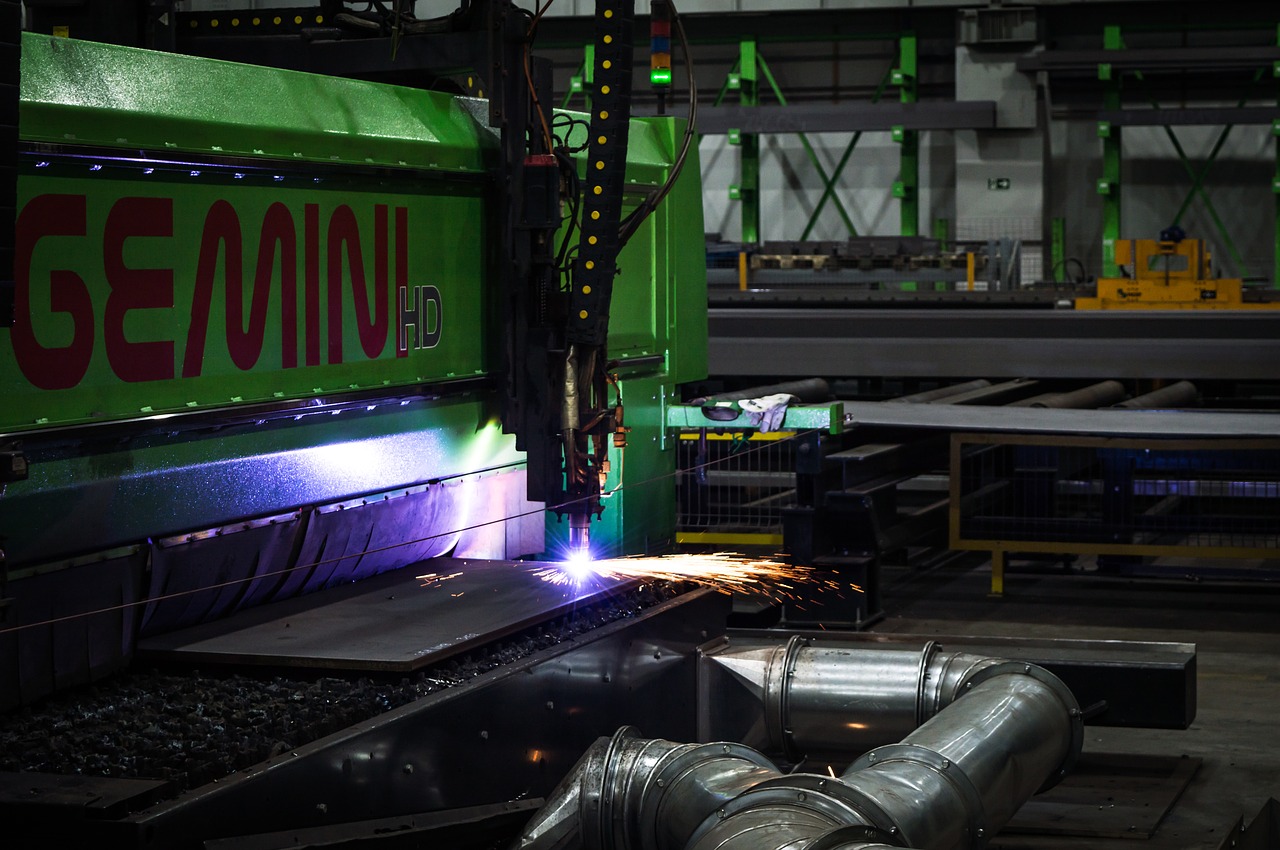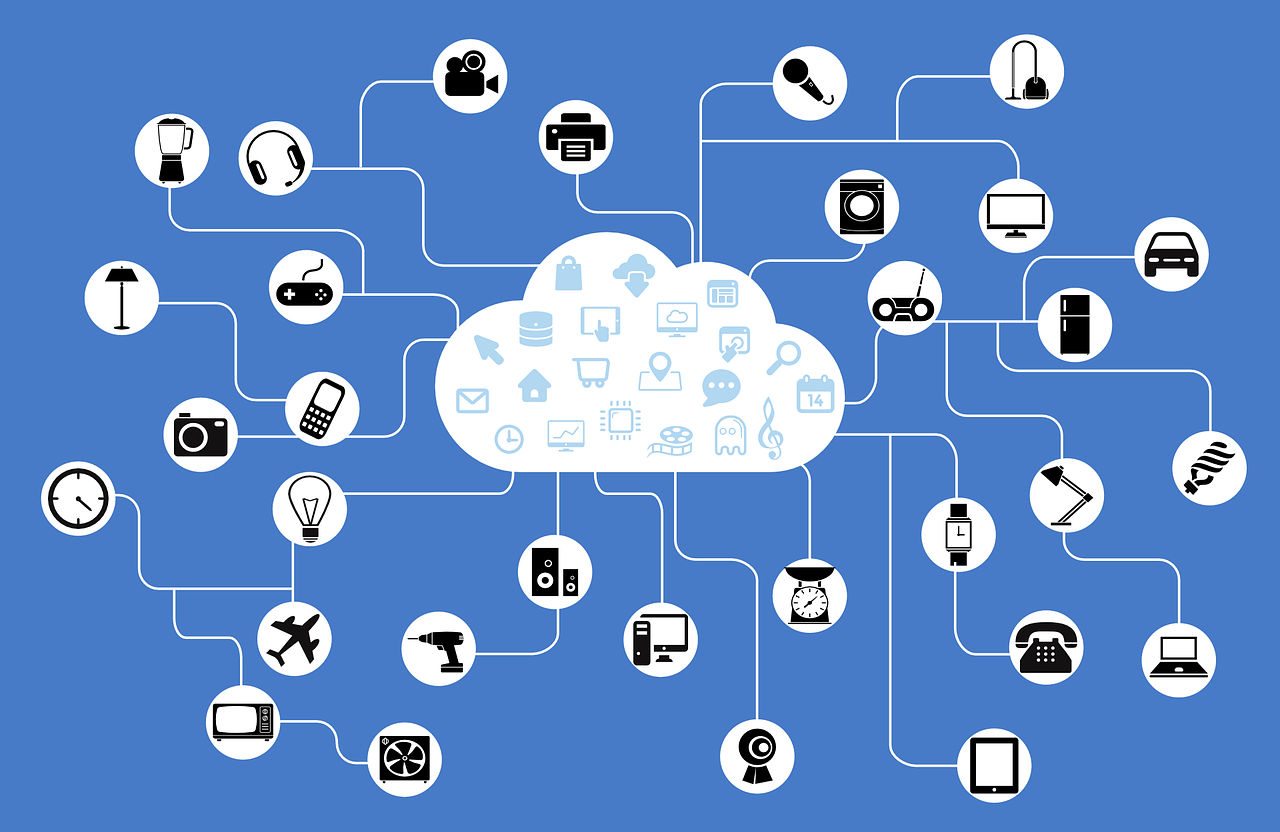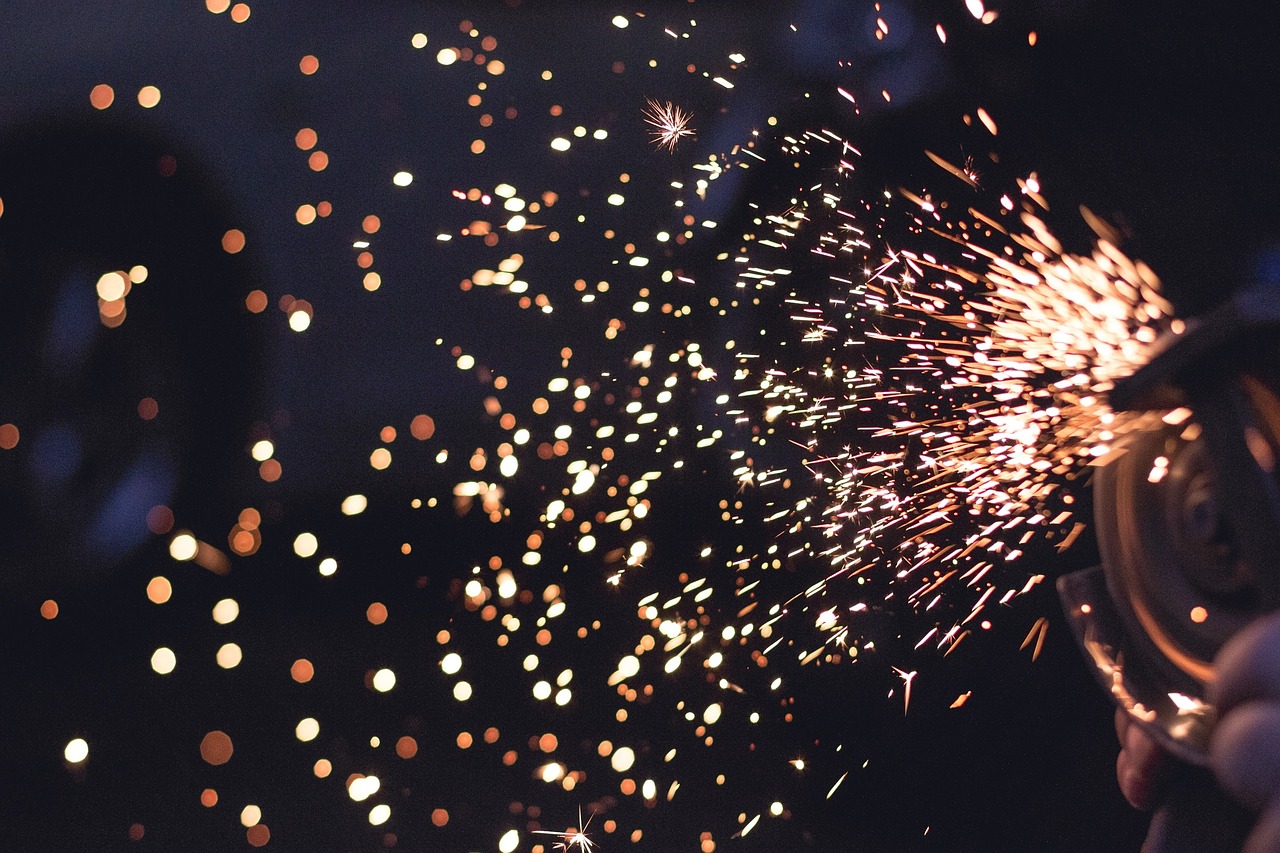The manufacturing industry in the United States is certainly not immune to the challenges of adapting to the digital revolution. In fact, some people call the rise in digital technology and its incorporation into the workforce (particularly into the manufacturing sector) the “Fourth Industrial Revolution.”
These changes will require manufacturing companies to change the makeup of their workforce, incorporating digital technology and innovation alongside important human skills. What is changing, and how is the manufacturing industry working to integrate these new solutions and attract new workers to this changing field?
New Developments in Manufacturing
With new developments in artificial intelligence (AI), virtual and augmented reality, advanced robotics, and advanced analytics, manufacturing companies have an opportunity to mine vast amounts of data and use this information to benefit the bottom line, improving profit margins and generating results.
As the digital revolution continues to make its mark on manufacturing, large companies are beginning to use data analytics as a tool to improve factory operations, which is good for product quality and energy consumption alike. New supply-network management tools allow companies to get a clearer picture of raw materials coming in and product going out, helping to optimize production schedules and deliveries, cutting costs and improving overall efficiency.

Smart products can now send data from the customer experience directly to product managers, making it possible to anticipate maintenance problems and, ultimately, design better products.
In complex manufacturing spaces like the aerospace and defense industries, producing a product often involves sourcing parts from a variety of suppliers, as well as developing and producing some of the components in-house.
Sourcing these materials from multiple different suppliers can quickly produce problems down the line; if one aspect of the design is changed, for instance, it can affect multiple suppliers. By using cloud computing-based tools, the suppliers can collaborate quickly and efficiently. Designs can be shared virtually, while price and delivery estimates can be uploaded to the cloud. This process speeds up any design changes, reducing both the labor needed to make changes and any related risks.
The Internet of Things (IoT)
The IoT is poised to have a huge impact on the manufacturing industry going forward. In this changing space, information that was previously generated by people is now being generated by objects. RFID tags, meters, GPS, information from sensors—all of these things are offering information in the digital space that manufacturers can use to improve their processes.
For instance, IoT has been shown to have a massive impact on inventory, a notoriously time-consuming process. Fashion retailers can now scan stacks of clothing fitted with RFID tags and complete inventory in a fraction of the time and with far fewer employees.
Additionally, containers might be able to detect their own contents in time, shortening the time it takes to locate items in warehouses. IoT systems make it possible to respond quickly to customer feedback, improving products in a fraction of the time by capitalizing on the data received directly from consumers.

The Changing Workforce
Traditionally, manufacturing as a career choice has sometimes been viewed as tedious or without opportunity for advancement—a “dead end” job of sorts. Today, that couldn’t be further from the truth.
As manufacturing continues to incorporate technological advancements and improvements into its everyday processes, new workers with new skills are needed. A generation of manufacturing workers is on its way out, and soon, new workers will need to take over. Modern manufacturing companies will require a highly skilled workforce that is comfortable with utilizing new technologies on the manufacturing floor.
Now that traditional factory tasks can be handled by robots and other machines, it is the job of the human workers to serve as guides. New digital technologies won’t succeed in replacing the current manufacturing workforce; rather, this technology will help to augment their work and make them more efficient. Factory workers today need to be knowledge workers, relying more on their brains than on strength. Changes in automation and AI are likely to help generate around 15 million new jobs in the coming decade—a number equivalent to about 10 percent of the current workforce.
If you’re one of the many factory workers looking to stay relevant in their current roles or if you’re looking now for a new career path, consider looking into training for modern manufacturing techniques. Many of the leaders in the manufacturing industry have already implemented training programs at all levels, from high school to college and professional, which aim to improve workers’ existing skills and teach the next generation everything they need to know to join the workforce quickly. By starting now, you can make sure you’ll have a place in the changing workforce of the future for years to come.

